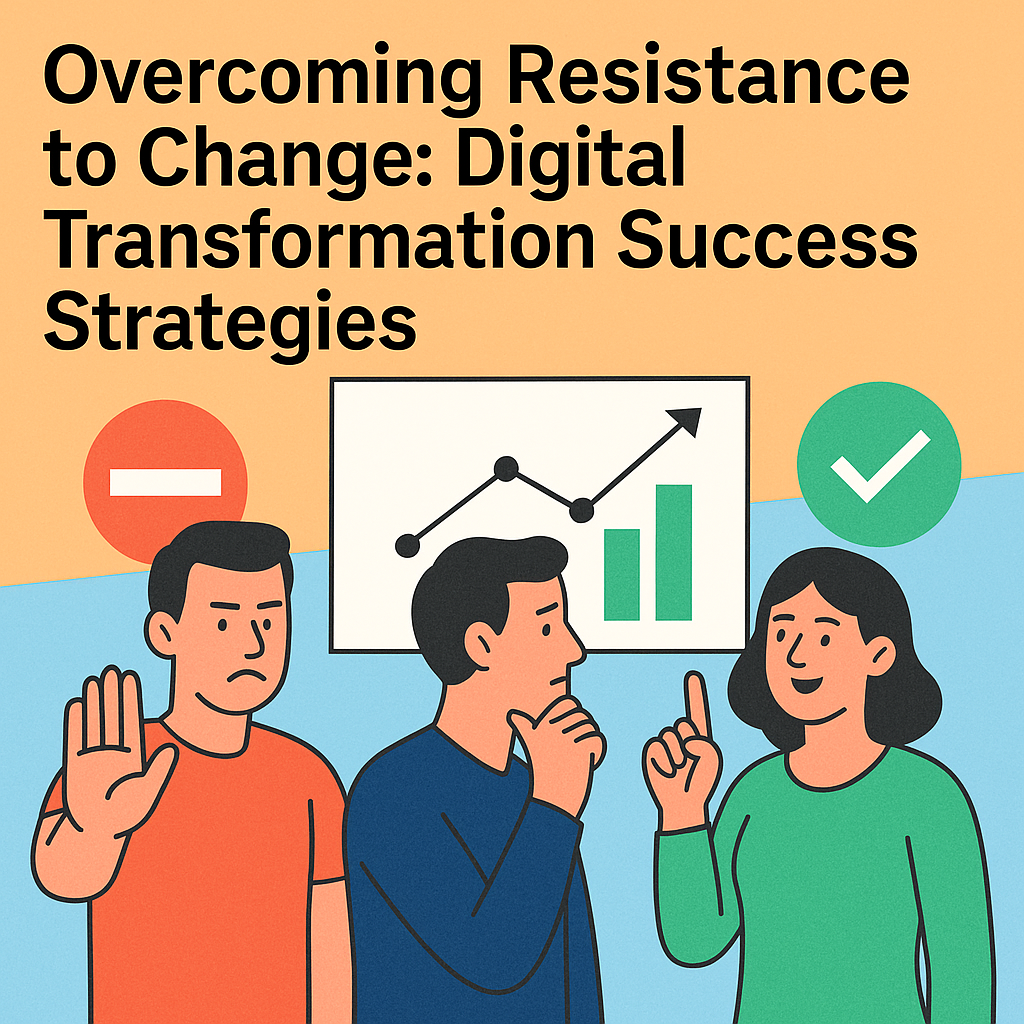Santa Claus, the jolly CEO of the North Pole, is in a pickle. The Naughty or Nice List has grown exponentially, global toy preferences have diversified, and logistics demands are testing the limits of even Rudolph’s famed red nose. Mrs. Claus has hinted at retirement, the elves are staging sit-ins for shorter shifts, and the reindeer union is demanding a four-carrot pension plan. Could a digital transformation be the magical solution to save Christmas? Let’s explore how modern technology could turn Santa’s chaotic operations into a sleigh-smooth enterprise.
Elf Productivity Tools
The elves’ toy-making methods haven’t changed much since the 1800s - hammering wood and stitching teddies is a little reminiscent of a Dickensian novel. But fear not, modern tools could revolutionise their workflow. A project planning tool could bring structure to the chaos, helping the elves break down tasks, set deadlines, and collaborate seamlessly while a knowledge base powered by AI could allow elves to ask questions like "How do I assemble this robot dinosaur?" and receive instant, step-by-step guidance. And by recording best practices and workflows in a centralised platform, the elves can ensure continuity and efficiency. Additionally, adopting collaboration tools like Slack or Microsoft Teams would streamline communication, with dedicated channels for projects such as #ToyAssembly, #RudolphsRequests, and #CookieBreaks.
Revolutionising the Naughty or Nice List
Keeping tabs on billions of children is no small feat, and parchment scrolls simply don’t cut it anymore. Implementing a project planning tool allows the chief elves to map out production schedules, align them with inventory needs, and flag potential bottlenecks before they arise.
A cloud-powered Customer Relationship Management (CRM) system can centralise the Naughty or Nice List, making it searchable and sortable. AI-driven analytics work to identify behavioural trends - if Tillie's sudden spree of good deeds is simply a ploy to get on the nice list, Santa will know. When it comes to those tricky borderline names, the AI knowledge base can help out by offering suggestions like "Send an elf surveillance team" or "Deploy a pre-Christmas kindness reminder". And by logging all decisions in a collaborative platform, Mrs. Claus can easily conduct fairness audits while sipping her cocoa, ensuring every name is on the right list and not subject to any elf bias.
Streamlining the Supply Chain
Running low on tinsel? Facing a candy cane crisis? Santa’s workshop supply chain has seen better days. Implementing a cloud-based inventory management system would provide real-time updates and automatic reordering. Integrated with the CRM, stock levels could align perfectly with demand forecasts derived from the Naughty or Nice List. Updates shared through Slack or Teams would keep everyone informed and Rudolph calm - no more sleigh polishing tantrums. And recording workflows in a centralised platform? That ensures no one forgets why ordering glitter by the tonne is never a good idea, no matter how festive it seems.

Optimising the Sleigh Ride
Santa’s sleigh might be magical, but even magic has its limits. A GPS tracker integrated with a CRM could plan hyper-efficient routes, prioritising kids who stay up too late or those with tricky chimneys. IoT-enabled chimneys - part of the Internet of Things, which connects everyday devices to the internet - could send alerts like "Beware: cat on roof" or "Caution: freshly installed chimney cap." This smart technology ensures Santa avoids mid-delivery surprises. And when a snowdrift halts the sleigh, Santa could consult the AI knowledge base for advice, like "How to dig out from under a snow surprise without scaring the reindeer." With Teams channels like #RoutePlanning, the elves in mission control will be able help out too, coordinating route updates faster than Santa can say "Ho, ho, ho."
Energy-Efficient Solutions for the North Pole
The workshop has been outpacing polar ice caps in energy consumption, and it's time for Santa to rethink his energy strategy. Enter smart thermostats that adjust heating based on occupancy and energy-efficient machinery designed to consume less power without compromising toy output. Solar panels, despite their frosty setting, harness the summer sun to power high-tech operations storing surplus energy for the darker months. With wind turbines using the North Pole’s gusty weather to complement solar energy, Santa's workshop haas never run as smoothly (or as greenly!).
To monitor and reduce the carbon footprint, Santa should think about introducing a carbon tracking platform, allowing him to measure emissions from every aspect of the workshop's operations, from toy manufacturing to sleigh flights. This platform could provide actionable insights, such as which processes to optimise or materials to replace for a greener footprint.
To ensure long-term sustainability, the Elves need to be encouraged to adopt eco-friendly behaviours. Whether it’s turning off machines after hours, using planet friendly wrapping paper, or recycling materials, every bit helps, and these initiatives should all be recorded in a centralised platform ready for the elves to check at anytime. To make it fun, the elves could compete to be crowned "Greenest Elf" of the quarter, with prizes like extra marshmallows in their cocoa. Nothing screams Christmas spirit like eco-friendly glitter and a workshop powered by renewable energy - because even Santa wants a sustainable future.
Up-skilling the Reindeer
Rudolph might have a shiny nose, but even he can’t outrun technological change. Drone collaboration workshops could prepare the reindeer to work with automated sleigh-support systems. Meanwhile, Virtual Reality (VR) training is able to simulate everything from snowstorms to rogue fireworks. Santa’s centralised dashboard could be tracking training progress in real-time, ensuring every reindeer stays on track for the big night.
Keeping training materials up to date in a shared knowledge base would ensure reindeer handlers always have the latest resources on topics such as drone interactions or high-altitude safety. Using a project planning tool to schedule and monitor these training sessions would make sure no reindeer falls behind. Fun fact: Dancer’s VR performance suggests he’s ready to lead ... Rudolph better watch out.

Cybersecurity for Santa
Imagine the chaos if the Grinch hacked the Naughty or Nice List. That’s why cybersecurity needs to be top-notch. Multi-factor authentication, end-to-end encryption, and regular phishing simulations would protect Santa’s sensitive data. A robust firewall and real-time threat detection tools would act as the first line of defence against potential intrusions. Santa could also employ a zero-trust security model, ensuring that even the elves only access the data they absolutely need.
The AI knowledge base could assist by offering quick tips like "How to spot a phishing email" or "Why you should never click suspicious links" (looking at you, Dasher). Training sessions scheduled through a project planning tool would keep cybersecurity knowledge fresh and relevant for all North Pole staff. Documenting protocols ensures even the least tech-savvy elves know how to stay safe, because no one wants to see Santa trending for a data breach.
Elf And Reindeer Resources (ERR): Santa’s HR Revolution
Managing a workforce as diverse as the North Pole’s is no small task. From elf scheduling to reindeer performance reviews, Santa’s HR operations could benefit from an integrated platform. This tool should look to centralise employee records, track training progress, and even manage holiday requests (all the elves have their winter sun breaks booked for after Christmas). With automated payroll integration, Santa can ensure every worker, from Prancer to the toy painters, is compensated accurately, including overtime for those crunch-time December weeks.
A project planning tool integrated with the HR platform can handle rota planning, ensuring no elf is double-booked or overworked. The platform should also flag gaps in coverage, helping Santa prevent the dreaded "empty sleigh" shift. Automating mundane tasks like timesheet tracking and benefits management, means that Santa’s HR team can focus on creating a happier, more engaged workforce ready to deliver Christmas magic. After all, a cheerful workshop is the true engine behind holiday cheer.
Conclusion: A Merry Digital Christmas
By embracing digital transformation, Santa can turn his North Pole operations into a model of efficiency, sustainability, and holiday cheer. Imagine automatic updates like "Reindeer fed, sleigh ready to launch" or "Rooftop 14 cleared for landing," ensuring the workshop runs as smoothly as freshly polished sleigh rails. With CRMs streamlining lists, AI knowledge bases answering elf queries, and project planning tools ensuring no tinsel shortage goes unaddressed, the North Pole can focus on delivering joy rather than troubleshooting crises.
More importantly, the digital shift means Santa’s team can spend less time on repetitive tasks and more time innovating - think biodegradable wrapping paper or reindeer-powered hybrid sleighs! And with everyone from Rudolph to the elves empowered by intuitive tools, Christmas magic is guaranteed to shine brighter than ever.
If you’re dreaming of your own operational makeover, whether it’s for a workshop or a bustling business, contact Yopla. We might not have elves (or do we!?), but we have the expertise to sprinkle some digital magic on your organisation.
Here’s to a future where tradition meets technology, and to a truly tech-savvy, merry Christmas!








